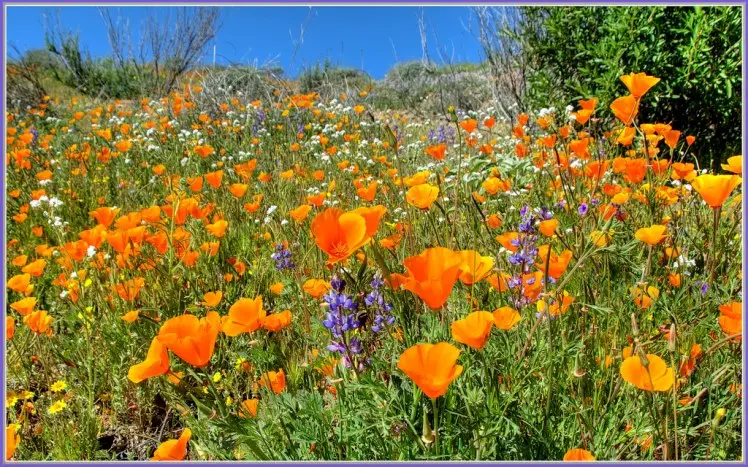Rainbow of colours for your library

The right colours help create a welcoming space for students. Some rights reserved
If your school library is about to be repainted, what colours would you choose that would appeal to your students as being a welcoming, stimulating and exciting place? This question was asked during a recent ‘Superstar Librarians and their libraries’ tour to Auckland schools by a busload of SLANZA Waikato/Bay of Plenty librarians.
Back on the bus after each visit, we were abuzz as we shared our experiences. What did the library ‘look like, sound like, feel like’ from the moment we entered? What ‘drew’ us to different parts of the library? How were colours, décor and layout used effectively to create atmosphere and spotlights of interest with the walls and carpet as ‘canvas’ backdrops? What activities were students and staff engaged with throughout the library?
What about the psychology of colour?
We discussed the rainbow spectrum of colours, psychology of colour, trends in colour schemes over the years (anyone recall beige walls and orange carpet squares!), use of accent colours and, most importantly, which colours appeal to students.
There is a wealth of information available online that you can explore. For example:
The effect of color (7.32 min), Youtube: PBS Digital Studios (2012), which discusses colour wheels, colour trends and psychology of colours.
A great post by Elementary Librarian on Color in school libraries cites the following research findings, which provide useful insights for when sprucing up, or remodelling or building a new school library. You can read full-text copies of the articles on EPIC’s EBSCO MasterFILE Complete database which is free for New Zealand schools to access.
Student age levels and learning styles do matter
Colour preferences can change with students’ age level and certain colours can create different moods in people (Scargall, 1999).
Primary/intermediate school students prefer bright bold, primary colours, particularly the warmer colours of the colour wheel - red stimulates the senses, yellow has a creativity feel and orange can inspire an uplifting, cheerful atmosphere.
Secondary school students prefer the cooler, darker shades of the colour wheel - blue/gray/green/mauve – which help towards imbuing a calm and studious atmosphere. However, take into account the different learning spaces in your library and whether to have a palette of colours - individual/group study areas, relaxed reading area (comfy ‘living room’), creative makerspace areas, and a conversational/presentation/ guest speaker area (‘café’).
Students’ learning styles will also influence how they find their way around the library (Brown, 2000):
Left-brained thinkers like numbers and sequential order and are comfortable using the Dewey system.
Right-brained students are colour-sensitive and focus on “aesthetics, feeling, and creativity”. Colour-coding and being able to see and touch objects helps to solidify their learning. Hence, using colourful posters, displays and signage will aid them to find what they need. For example: placing pictorial symbols alongside Dewey numbers (eg animal stickers at the 590s section) and providing touchable displays.
Think about yourself – if you are a left-brain or a right-brain thinker, how can you also accommodate the learning needs of all your students? You may like the logical order of having one alphabetical A-Z fiction sequence – maybe also add genre stickers for those students that like pictorial symbols to help choose their reading interests.
Library staff also matter
Also consider the effects of colour on staff working for long periods in the library. Which colours appeal to your library team?
One warning — too much color can give anyone at any age an old-fashioned headache. Librarians working in an atmosphere of unrelieved intensive color may be subject to eyestrain and too much emotional stimulation. (Cohen & Cohen, 1978).
Library design versus programme?
Your library can be attractively designed with lovely, inviting colour, lighting and furniture. “But”, as pointed out by Elementary Librarian, “if it is not backed up by an equally exciting program it becomes just another room that is pretty to look at.” An interesting question is posed for all of us by Coatney (2005): “Does the room make the library program, or does the library program make the room?”
Find out more
View Services to Schools Library learning environments, which provides information on modern library learning environments, video of New Zealand school libraries and a guide for school library visits.
Talk with your art teachers and a group of their students for inspiration.
Image: Wildflower outbreak by tdlucas5000 on Flickr